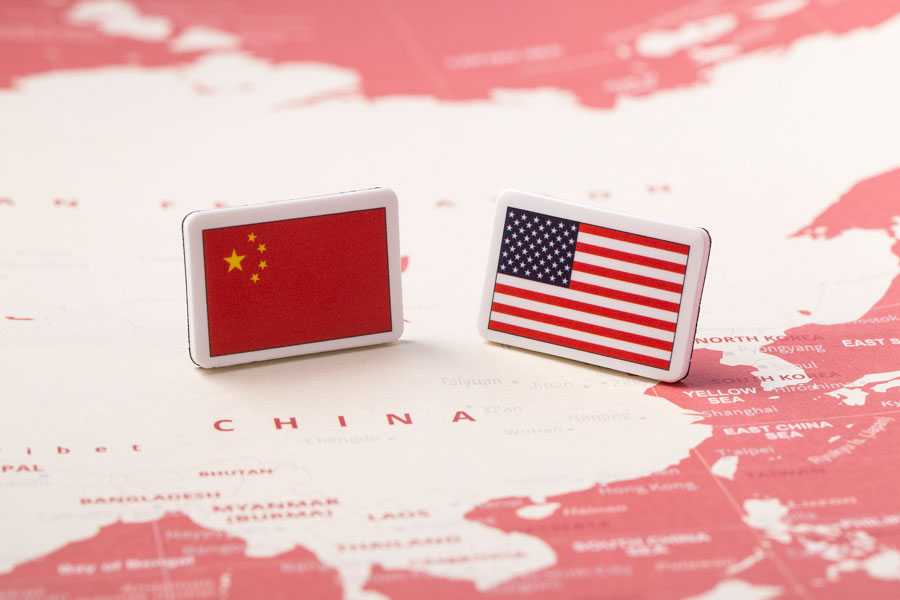

On November 12, the White House issued an Executive Order targeting “Chinese military companies” limiting participation in U.S. securities and capital markets. This move was modeled after existing legislation from Senator Marco Rubio, and is a clear measure to curtail the activities and access to capital of Chinese companies. This action is consistent with the Trump administration’s more hardline approach to China this year and increasing hawkishness on China in Washington.
Over the past four years, the Trump administration acted on emerging trends to advance U.S. competitiveness with China, even while some policymakers and private sector stakeholders opposed the administration’s tactics. Indeed, companies are becoming more agile in their approach to the geo-commercial hurdles that the Trump administration and selective decoupling pose for companies doing business in multiple jurisdictions. In Congress, China bashing became a bipartisan activity, and this approach will likely continue to inform the legislative agenda in 2021. Companies should expect the U.S.-China relationship to continue to be characterized by deep friction, regardless of which party is dominant in Washington come January.
This thesis is evident in the continued flurry of legislation introduced in Congress in the run up to the election, with both political parties articulating a broad strategic approach to China. This is a stark contrast to the Trump administration which did not have a clearly defined China strategy, particularly during the COVID-19 pandemic.
In July, Senator Jim Risch, chairman of the Senate Foreign Relations Committee, introduced the STRATEGIC Act, outlining a generally hawkish strategy toward China. This Act was arguably introduced to fill the void in direction on China policy since the Trump administration concluded the U.S.-China Phase One Trade Agreement in January 2020. In September, Senator Bob Menendez introduced the America LEADS Act, which similarly outlined a hawkish approach to China but opened with a more comprehensive and ambitious plan for investments in U.S. science and technology. These bills are both comprehensive articulations of each party’s approach to China, and can serve as a starting point for the next Congress.
This recent bipartisan overlap on approach was made even more clear when House Minority Leader Kevin McCarthy introduced the China Task Force (CTF) Act in October. The CTF Act is an outgrowth of the Republican China task force report and includes enactments for 137 pieces of legislation introduced in the 116th Congress on China, many of which have broad bipartisan support.
Control of the Senate technically still hangs in the balance pending runoff elections for both of Georgia’s Senate seats, though it is unlikely Democrats would win both, which they would need to do to gain a majority. While we can expect a period of deep partisan divide following such an acrimonious electoral battle, policymakers in the 117th Congress may be eager to score easy wins where there is already bipartisan agreement on policy aims, if not tactics: making sure we don’t lose to China.
When it comes to trade, an issue that monopolized the U.S.-China relationship during most of Trump’s administration, President-elect Biden’s campaign surrogates have signaled that his administration would focus on labor, human rights and the environment in trade negotiations during his administration. The incoming president is likely to find allies for that initiative in Congress.
But while Biden may have an agenda to pursue on trade, progress of his administration may be hampered by Washington politics. Congress needs to renew the Trade Promotion Authority (TPA) before July 2021 to provide negotiating objectives to the executive. Depending on the agenda Senate Republicans pursue and the balance of power, Biden’s hands could very well be tied when it comes to negotiating trade agreements with China and other nations.
Congressional Republicans may also become a more vocal minority, once President Trump leaves office, which could lead to an increase in anti-China activity. The Senators most likely to participate in this tactic are also likely to be among the first to explore the Republican presidential nomination in 2024: Rubio, Cotton, Hawley, Cruz, and perhaps Blackburn or Sullivan.
China was a core piece of the Trump campaign’s effort to smear candidate Biden and his family’s business activity in China as corrupt. While Trump has not wielded this line of argument to argue corruption or meddling in the election, Republicans could use Hunter Biden’s alleged ties to China as a tool to impede Biden’s agenda once in office, like the way the Democrats persistently brought up Russian interference in the 2016 election.
President Trump has until January 20, 2021 to complicate the China file for the Biden administration. He has already started to do so with the executive order targeting Chinese military companies, effective January 11, 2021. And there is a range of other executive action the president could take if he wanted to crack down more broadly on businesses in China, from immigration, to rulemaking regarding ICT supply chains, to further restricting the import of goods produced by forced labor. However, as we have learned over the past four years of the Trump administration, predicting President Trump’s actions is often a fool’s errand; but being prepared is not.


